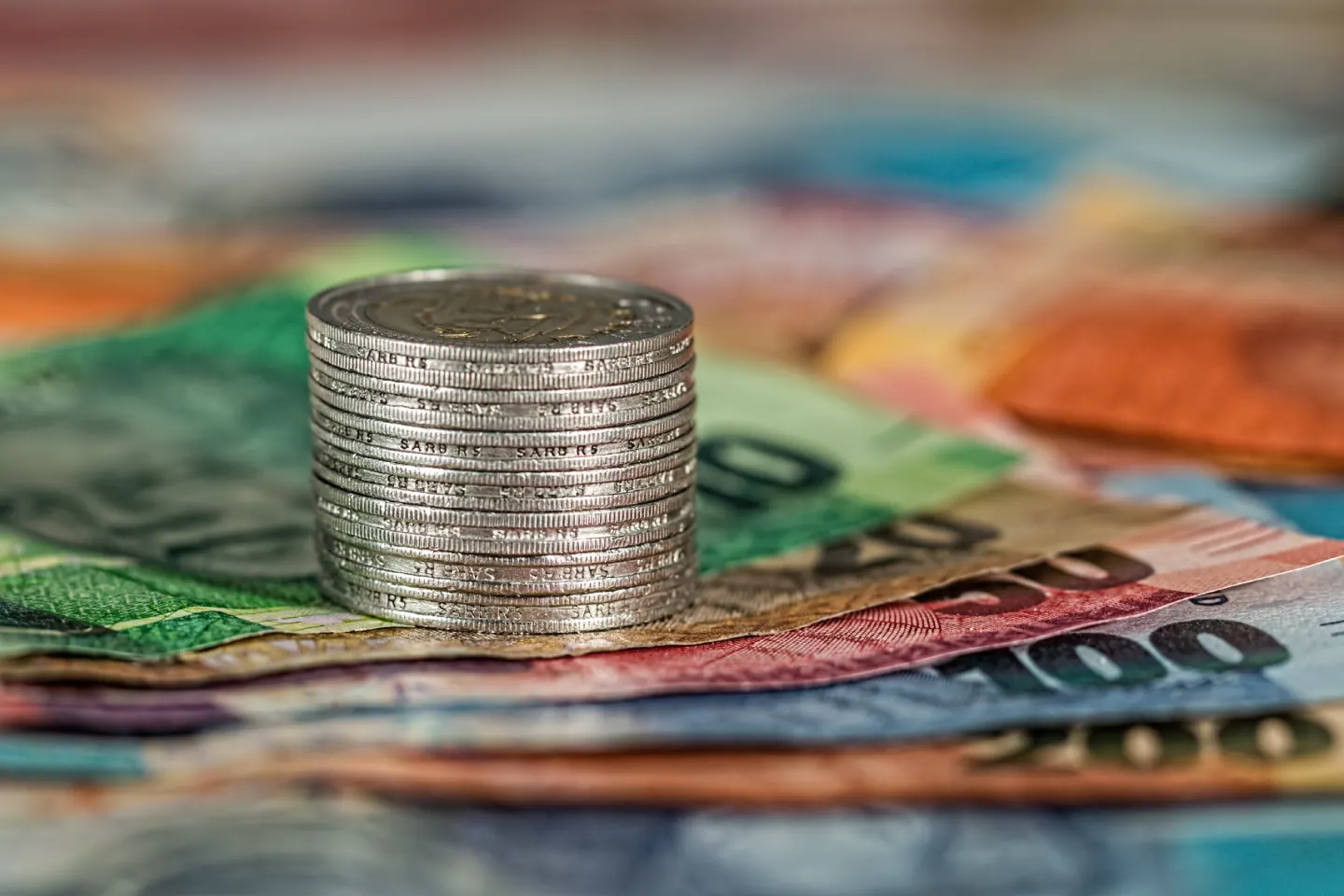
Central Bank Conundrums: Navigating the European Financial Landscape
European markets anticipate a subdued opening on Monday. With pivotal interest rate decisions from several central banks in the backdrop, all eyes turn to Germany's forthcoming Ifo Institute survey, providing insights into business conditions.
A Mixed Bag of Monetary Policies
The dawn of the week sees market participants sifting through the aftermath of an influx of central bank verdicts, presenting a mosaic of outcomes. The U.S. Federal Reserve adopted a hawkish demeanor, hinting at a sustained period of elevated rates. In contrast, the central banks of Britain and Switzerland took the markets off guard, choosing to pause their respective rate-hiking trajectories. This decision juxtaposes the comparatively dovish undertones expressed by the European Central Bank a week prior.
Anticipation builds as ECB President Christine Lagarde prepares to address the markets later today. Stakeholders are eager for indications that may suggest the eurozone's central monetary authority is concluding its rate hikes.
Germany's Business Health under the Microscope
Germany, the linchpin of the eurozone economy, is under the spotlight. Market aficionados eagerly await the nation's Ifo Institute survey, slated to provide a snapshot of September's business landscape. Additionally, the preliminary consumer price data for September, scheduled for release later this week, promises to be a focal point for investors, shedding light on the eurozone's economic health.
Gold's Glimmer Fades Amid Rising Rates and Robust Dollar
Gold's shine has dulled as Monday sees a slight dip in prices, influenced by the Federal Reserve's indications of protracted elevated interest rates and the prevailing vigor of the dollar and yields.
A Precarious Precious Metal
The allure of the yellow metal has been stymied in recent weeks, constrained by the looming shadow of ascending U.S. interest rates. Last week's assertions from the Federal Reserve amplified these concerns, hinting at further rate augmentations this year and forecasting a minimal reduction in 2023, with rates likely to hover above the 5% mark.
This envisaged trajectory of climbing interest rates is anathema to gold enthusiasts. It escalates the opportunity cost associated with investing in gold, a traditionally non-yielding asset. This dynamic has been a thorn in gold's side for the past year, stifling any substantial resurgence in its valuation.
In the latest trading figures, spot gold retreated by 0.1%, settling at $1,924.06 an ounce. Concurrently, December's gold futures mirrored this trend, receding by 0.1% to register a value of $1,943.30 an ounce.
The Dollar Dominates; Shutdown Shivers Offer Fleeting Gold Respite
The specter of climbing interest rates has ensconced the dollar as the preferred sanctuary for investors, relegating gold to the sidelines. This sentiment remains steadfast even as global economic horizons appear increasingly tumultuous. Major global players grapple with a resurgence of inflation, spurred by escalating oil prices, threatening to throttle growth prospects for the imminent year.
However, it's not all doom and gloom for the precious metal. Gold has gleaned some traction from the mounting apprehension surrounding a potential U.S. government shutdown. With the congressional clock ticking, legislators have a narrowing window, less than a week, to sanction a spending blueprint to stave off a government standstill. Failure to reach a consensus would incapacitate significant segments of the government's machinery.
Yet, history suggests that gold traders should temper their expectations. Notably, the 2018-2019 government shutdown, a record-setting 35-day hiatus, saw gold appreciate by a mere $20, indicating that even significant political gridlocks provide modest windfalls for the yellow metal.
Oil Prices Buoyed Amid Supply Concerns and Anticipated Chinese Demand
Oil prices surged on Monday, with market players zeroing in on a constricted supply panorama, courtesy of Moscow's interim embargo on fuel exports. Simultaneously, there's an undercurrent of trepidation regarding potential interest rate hikes that might stifle demand.
A Balancing Act: Russian Bans and the Hawkish Fed
Brent crude futures had ascended by 32 cents, marking a 0.3% rise, settling at $93.59 a barrel in early European trades on Monday. This came after a modest 3-cent dip on Friday. Meanwhile, U.S. West Texas Intermediate crude futures were on an upward trajectory for the second consecutive session, registering a 0.2% increase to $90.27 a barrel.
The markets are grappling with Russia's interim ban on diesel and gasoline exports in an already taut market landscape. This is juxtaposed against the Federal Reserve's assertive message that interest rates will persist at elevated levels for a more extended period.
The previous week saw both Brent and West Texas Intermediate contracts retract, breaking their three-week rally. This dip was attributed to the Federal Reserve's bullish posture which sent shockwaves through the global financial arenas, inducing apprehensions about oil demand.
It's noteworthy that oil prices had soared over 10% across the three weeks leading up to this, propelled by forecasts of a pronounced crude supply deficit in Q4. This came in the wake of extended supply cuts by energy juggernauts, Saudi Arabia and Russia.
Supply Woes and China's Potential Resurgence
Russia's recent embargo on gasoline and diesel exports, targeting most nations, was a bid to stabilize its domestic market. This move stoked fears of dwindling supply, especially for essential products like heating oil, as winter looms in the Northern Hemisphere.
While the market seems to have factored in Russia's fuel export ban, there's an underlying narrative of global oil supply stringency. Concerns over diesel shortages and unforeseen LNG supply disruptions are likely to remain, especially in European corridors.
Adding another layer to the supply narrative, the U.S. witnessed its operating oil rigs count plummet to 507, its nadir since February 2022, as revealed by a recent Baker Hughes report.
Meanwhile, expectations of rejuvenated economic metrics from China, the globe's top crude consumer, spurred optimism. However, market experts are signaling caution, highlighting that oil prices might encounter resistance, reminiscent of the highs from November 2022.
Daily Market Update
Keep up with the financial markets, know what's happening and what is affecting the markets with our latest market updates. Analyze market movers, trends and build your trading strategies accordingly.









